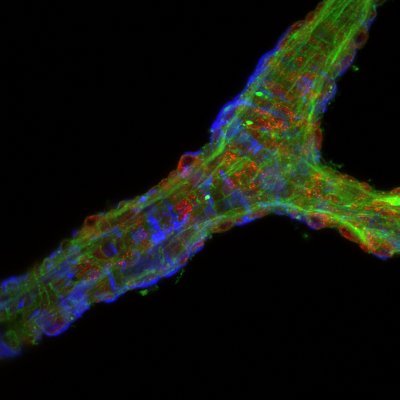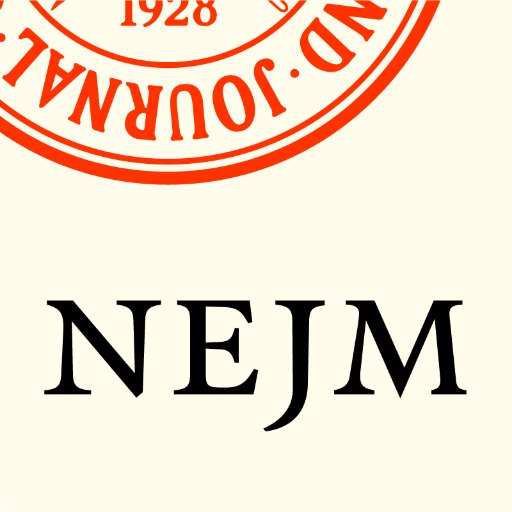
Matthew Schrag
@schrag_matthew
Followers
3K
Following
1K
Media
132
Statuses
663
Neurologist focused on Alzheimer's disease, cerebral amyloid angiopathy and stroke. Principal investigator for SchragLab.
Joined August 2019
Does this look right to you? Let me take you down a rabbit hole to illustrate how a network of interlacing problems in Alzheimer’s disease research ethics impacts our progress on this disease.
15
50
300
Great news, and congratulations @cpiller. This award recognizes courageous and penetrating reporting over the last several years. Hopefully your work will contribute to real progress toward a treatment for Alzheimer’s disease.
I’m honored to have been named recipient of the Victor Cohn Prize for Excellence in Medical Science Reporting from the Council for the Advancement of Science Writing for my work on scientific integrity for Science Magazine over the last 5 years. 1/7
0
1
8
Three Masliah papers with prominent image clones have been corrected. Ask yourselves, if these were your papers, will you have this kind of luck? See my write-up on LinkedIn https://t.co/bKd55dvbXO
linkedin.com
This Masliah paper has been corrected, with a note that simply says "In the published article, there was an error in Figure 3C as published whereby micro-repeats appeared in the panel corresponding...
1
5
26
“Let your rage fuel you.” Those words from Virginia Democratic gubernatorial nominee Abigail Spanberger captured what I have called “rage politics” in America. The Hill is out with my Saturday column...
thehill.com
Rage allows you to deny the humanity of those you disagree with.
157
2K
4K
The decision of Bragg to drop the case against Brianna Rivers, who attacked a pro-life advocate, is only the latest example of enabling those turning to violence in our political system.
jonathanturley.org
For years, many of us have raised concerns over the political weaponization of the New York legal system from the civil fraud case against the Trump company by New York Attorney General Letitia Jam…
302
3K
9K
Here's something that surprised even me... As the scandal of photoshopped images in neuroscience research continues to drag on, even in 2024 and 2025 there are name brand laboratories still publishing stuff like this! [A thread...]
11
68
393
A man was brutally murdered who left behind a family with two small children. Full stop. For someone held up as the face of “scientific leadership” to immediately pivot into both-sides moralizing is grotesque. This is the normalization of violence through intellectual
0
1
13
In a cluster-randomized, crossover trial, hospital-wide use of lactated Ringer’s solution as compared with normal saline did not alter the incidence of death or hospital readmission within 90 days. Full trial results and Research Summary: https://t.co/3Fv4wlNESh
2
24
89
Expression of Concern by @NatureMedicine for an Alzheimer's disease paper with so many problems that one needs to ask: Why did the journal not just retract it? Findings by @Thatsregrettab1 and me. https://t.co/QOJbXZK61J
8
28
115
Misconduct investigation at U.S. military university uncovers image duplication - original findings by @Thatsregrettab1 originally flagged the issues
retractionwatch.com
Authors affiliated with a federal health sciences university have lost three papers this year for image duplication following an investigation by the institution. And another journal has confirmed …
0
2
14
Academia runs on grant writing, not science. And the longer you stay, the more you forget there’s a difference.
41
132
1K
This rate of validation suggests that affinity reagents such as antibodies should be considered non-specific until proven otherwise: 357 validated antibodies out of 1,124 tested. .
12
70
322
@weldeiry @RetractionWatch I do not give a fork about your grades, IQ, titles, or citations. Your papers just have a lot of errors. Your arrogant tweet does nothing to correct them. A French professor tried that trick with me, and look where he ended: on the @RetractionWatch leaderboard.
11
41
446
Top: Mercury in front of the sun, captured in 2019 by me Bottom: The ISS in front of the sun, captured on Sunday by me Day to day, it’s hard sometimes times to see progress, but when I step back, it’s pretty cool where this journey has led me.
158
559
8K
More than two dozen papers by neural tube researcher come under scrutiny - findings by @MicrobiomDigest via @claulopezneuro
thetransmitter.org
One of the studies received an editorial expression of concern in May, after the journal learned of an institutional review of the alleged problems.
0
16
41













